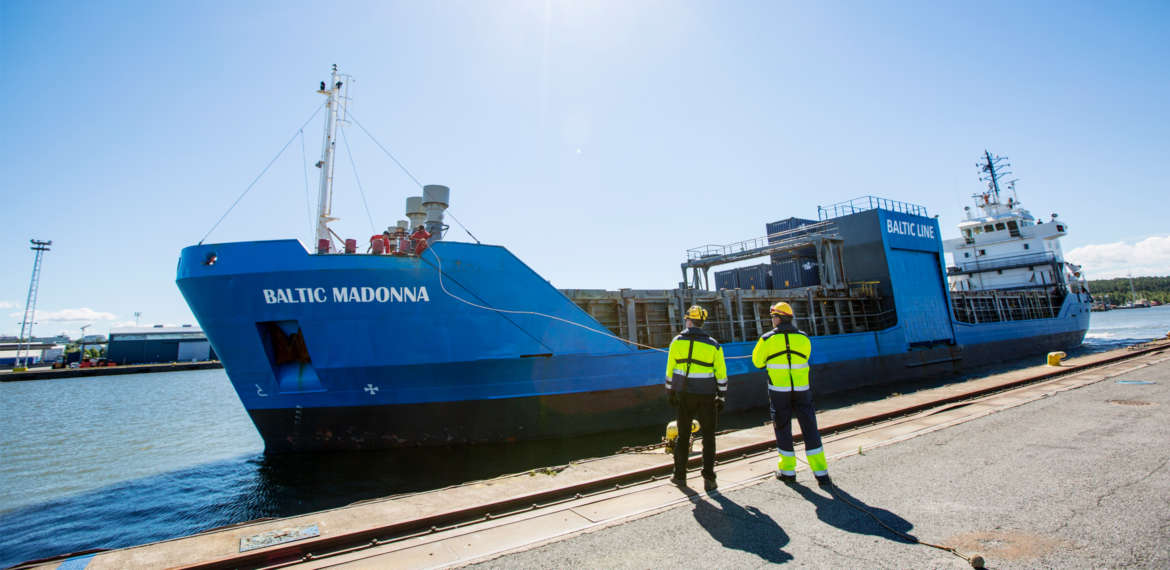Port enterprises get the chance to take control
The EU’s common Regulation on Port Services means an opportunity for Finnish ports to create a strategic business policy. The enterprises can think of what the role of their own port involves. Should they create a landlord model, just focus on administration of infrastructure, or facilitate different services? This is an opportunity that is worth taking.


The Regulation on Port Services was not formulated instantly but took three preparation rounds. The EU finally decided on a Regulation instead of a Directive, which means a slightly weightier legal instrument. While Directives are enforced in different ways in different countries, Regulations are enforced uniformly throughout the EU, both in Northern and Southern Europe.
I share the view that in this case harmonisation was a good solution, as it supports equal competition conditions. In ports the international dimension is always present. Thus the competition position is very important.
The Regulation is entering into force on 24 March 2019. Some of the current service agreements may, however, continue up to 2025.
The Regulation on Port Services releases four different port services to the markets, of which the mooring and unmooring service is perhaps the most relevant, and then there are three others: towage, bunkering and waste collection. In Finland, that concerns 16 ports, one of which is Turku.
The Regulation strengthens the free movement of services in the EU’s markets of port services. Up to now, ports have been closed or isolated in different ways in different countries, and accessing the services market has not necessarily been very easy. Now the gates are being pushed open.
Here in the north, we apply a very modern way of working. Our points of comparison can be found in the Netherlands, Great Britain, Denmark, Ireland, and to some extent in Sweden. In southern Europe, state-owned ports using the landlord model are typical.
For port enterprises the Regulation gives an opportunity to take control of their operations. It is possible to get a better look at the port: how do we want to arrange the services. The services can also be provided by the port itself, as the EU Regulation respects the autonomy of the port administrator. At the same time, neutral competition is required. If something is required from others regarding the service, it also has to be required from yourself. The port enterprise shall report on its website how the services are arranged and mention the minimum criteria and procedures that are used in choosing the service providers.
It is important to ports that the operations are smooth and continuous. Hence it is to be expected that port enterprises will determine the provision of services in such a way that they need to be available on all days of the year, 24 hours a day to all vessels that need the services in the port (e.g. mooring and unmooring services). It is possible to determine first just some minimum criteria and see how the services markets are working.
The Regulation requires the finances of the port enterprise and the service providers to be transparent. That will also prevent distortion of competition and aim at eliminating any prohibited state subsidies. In Finland that will just strengthen the current practice: the operating of ports in company form means public financial statements in the Trade Register and reporting obligations related to the company law. These requirements are already met.
No major changes are expected in Finnish ports. We are, however, going through a unique and interesting phase. Within a few years we will be able to see whether new service providers have emerged in the industry and whether the port enterprises have adopted models for providing services that differ from the present ones.
Annaleena Mäkilä
CEO
Finnish Port Association
